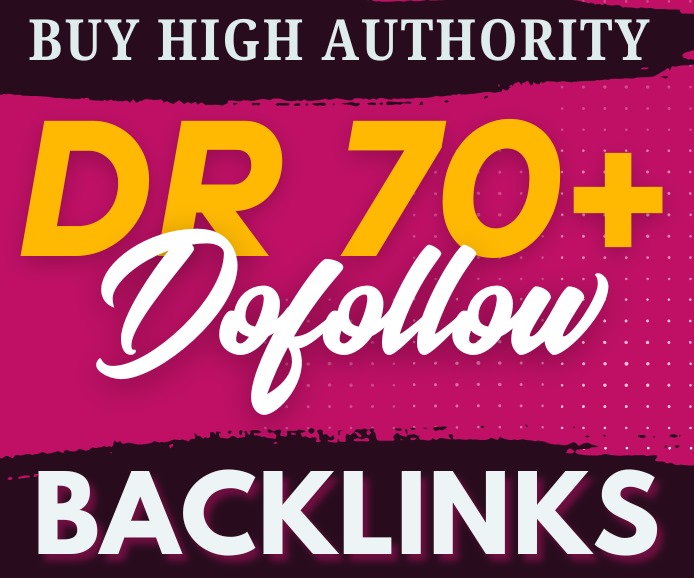Web design isn’t just about making a site look pretty. It’s about creating an engaging, functional space that helps users find what they need quickly and easily. Whether you’re launching a business site, an online store, or a personal blog, your web design determines your online success.
What Is Web Design Really About?
Web design combines creativity with technical skills to build visually appealing and user-friendly websites. It’s more than just colors and layouts — it involves user experience (UX), navigation, loading speed, and mobile responsiveness.
Why Web Design Matters for Your Business
First impressions matter. Your website is often the first interaction people have with your brand. A poorly designed site can drive potential customers away. On the flip side, professional web design builds trust and credibility.
The Key Elements of Modern Web Design
A good web design includes responsive layout, consistent branding, high-quality images, readable typography, strong calls-to-action (CTAs), and quick load times. These elements work together to improve user experience and SEO rankings.
Responsive Web Design: A Must in 2025
With more users browsing from mobile devices than ever, responsive web design is no longer optional. It ensures your website adjusts perfectly to all screen sizes, delivering a seamless experience on phones, tablets, and desktops.
The Role of UX/UI in Web Design
UX (User Experience) and UI (User Interface) are the heart of web design. UX focuses on the journey and how easy it is for users to navigate, while UI ensures every visual element — buttons, menus, icons — looks great and functions properly.
Web Design vs. Web Development: What’s the Difference?
Web design is about how your site looks and feels. Web development is the coding behind the scenes that makes it work. While web designers handle aesthetics and user experience, developers build the actual structure using code.
SEO and Web Design: A Powerful Combo
Did you know that poor web design can hurt your SEO? Google looks at site speed, mobile usability, structure, and content hierarchy — all influenced by design. Smart web design naturally improves your rankings and visibility.
Trends in Web Design for 2025
Web design is constantly evolving. Trends in 2025 include dark mode themes, micro-interactions, minimalist designs, scroll-triggered animations, and AI-powered interfaces. Keeping your website updated ensures relevance and better engagement.
How to Choose the Right Web Design Agency
Look for agencies with strong portfolios, positive client testimonials, transparent pricing, and clear communication. The right web design partner listens to your goals and tailors a solution that reflects your brand perfectly.
DIY vs. Professional Web Design: Which Is Better?
DIY web builders like Wix and Squarespace are easy to use, but they lack flexibility and scalability. For businesses aiming to grow or needing custom features, hiring a professional web designer is the smarter investment.
The Cost of Web Design: What to Expect
Web design pricing varies widely. A basic site might cost a few hundred dollars, while a custom ecommerce site can go into thousands. Pricing depends on features, pages, complexity, and whether you need branding or SEO services.
Common Web Design Mistakes to Avoid
Slow load times, cluttered layouts, broken links, non-responsive design, and poor content structure can all harm your site’s performance. A good web designer avoids these pitfalls and focuses on clarity, speed, and functionality.
Optimizing Web Design for Conversions
Every element on your site should guide visitors toward an action — like signing up or buying. Effective web design uses colors, buttons, and copy to gently lead users to convert, without overwhelming or confusing them.
Future of Web Design: AI, VR, and Beyond
AI is already helping with design automation and personalization. In the future, expect more interactive and immersive web experiences, including 3D elements, voice navigation, and virtual reality. Web design is becoming more dynamic every year.
How Content Works Hand-in-Hand With Web Design
Great design won’t save poor content. Clear, engaging, SEO-friendly copy helps guide users and builds authority. Designers and content writers must collaborate to make the website both beautiful and useful.
Website Maintenance: The Often-Ignored Side of Web Design
After launch, websites still need updates, bug fixes, and improvements. Regular maintenance ensures security, speed, and up-to-date content — all part of a solid web design strategy.
How Web Design Impacts Branding
Your website is a digital reflection of your brand. Fonts, colors, spacing, and images should align with your brand’s identity. Consistent design builds trust and recognition over time.
Why Web Accessibility Is Essential in Design
Web design should cater to everyone, including users with disabilities. Accessibility includes keyboard navigation, screen reader compatibility, and color contrast — not just good design practice, but also legally necessary in many regions.
Building a Web Design Strategy That Works
Don’t just jump into web design without a plan. Define your goals, target audience, brand message, and desired functionality. Then, structure your website to support that strategy step by step.
How Long Does Web Design Take?
A simple website may take a couple of weeks, while more complex designs may need months. Planning, revisions, development, and testing all take time — and rushing the process usually leads to poor results.
How Web Design Affects Customer Trust
Users judge credibility in seconds. If your site looks outdated or unprofessional, they may question your legitimacy. Professional web design, on the other hand, conveys trust, reliability, and quality service.
The Connection Between Web Design and Social Media
Web design and social media go hand-in-hand. Your site should encourage social sharing and include links to your profiles. Some even embed Instagram feeds, YouTube videos, or Twitter threads to increase engagement.
Tools and Software Used in Web Design Today
Popular tools include Figma, Adobe XD, Canva (for visual elements), WordPress, Webflow, and Shopify for development. These tools streamline the design process and enable faster, cleaner builds.
How to Test Your Web Design Effectively
Testing is key before launching. Check for mobile responsiveness, broken links, slow-loading pages, and readability. Use tools like Google PageSpeed Insights, GTmetrix, and usability testing with real users.
Conclusion
Web design is more than just creating a digital space — it’s crafting an experience. With the right strategy, tools, and mindset, your site can turn visitors into loyal customers. Whether you’re a startup or an established brand, investing in quality web design is no longer optional — it’s essential for success in the digital world.
FAQs
What’s the difference between responsive and adaptive web design?
Responsive design fluidly adjusts to all screen sizes, while adaptive design uses fixed layouts tailored to specific devices.
How often should I redesign my website?
Every 2–3 years is ideal, or whenever your business goals, branding, or user behavior significantly changes.
Can good web design improve SEO?
Absolutely. Clean code, mobile-friendliness, fast load times, and structured content help search engines index your site better.
Is WordPress good for web design?
Yes, WordPress is versatile and widely used. It supports custom designs, plugins, and is SEO-friendly when properly built.
Do I need a designer if I use a website builder?
While builders are user-friendly, a professional designer ensures your site stands out and aligns with your brand and strategy.




